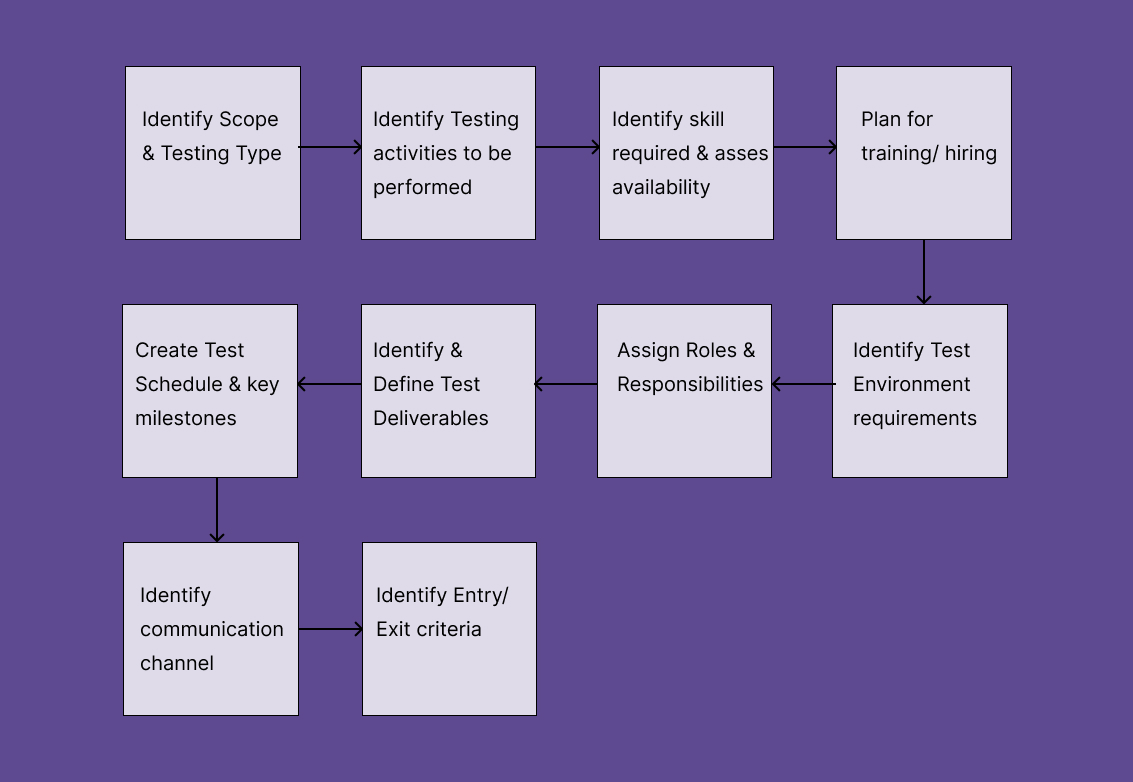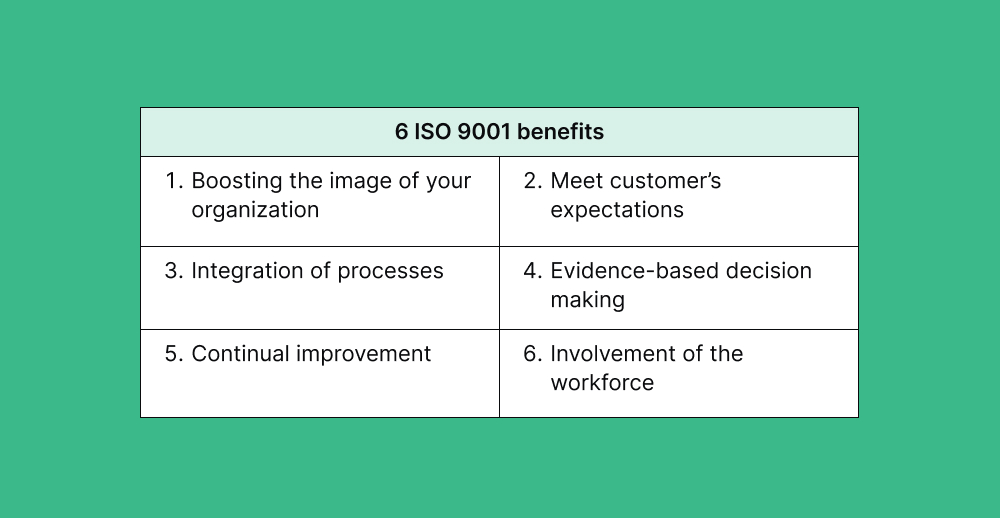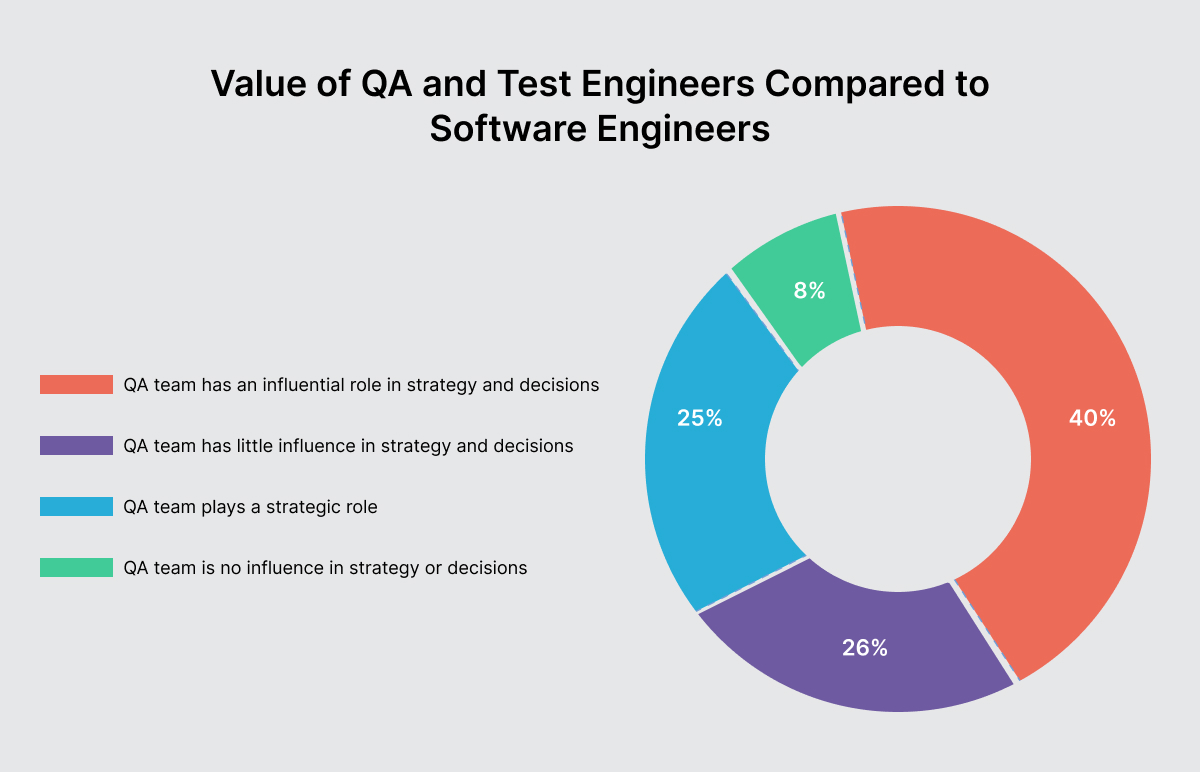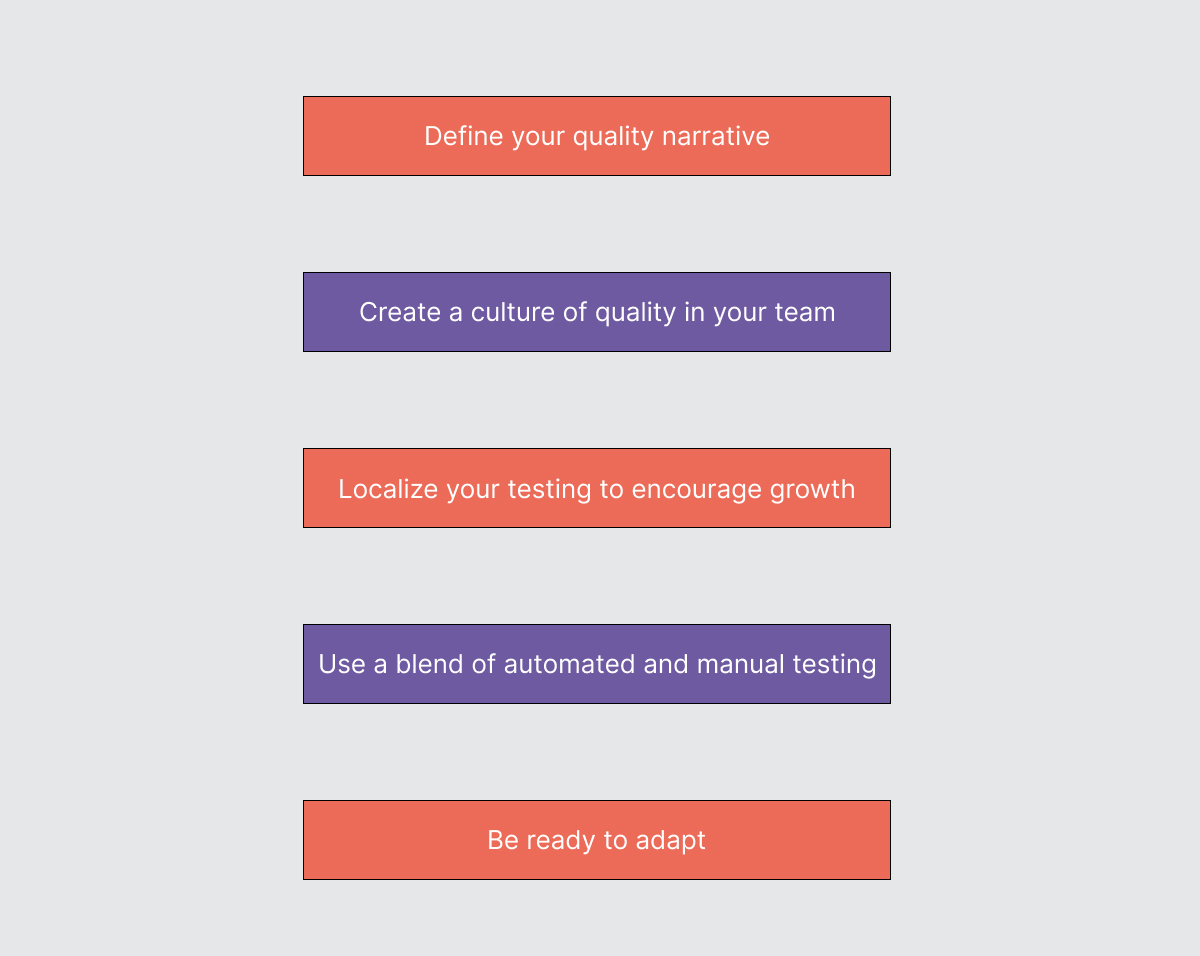How to build the ultimate QA strategy template
Across all industries, 71% of app users churn within 90 days. That's a large number of users deleting an app when it doesn't quite meet their expectations. But, by delivering a high-quality, bug-free app, you can dramatically reduce the likelihood of this happening. Why does that matter? A poorly tested software product will most likely contain bugs, performance issues, and even localization problems that developers may have missed.
A solution? An app that’s undergone thorough quality control checks will increase customer retention, grow your business, and deliver a user experience worth shouting about. To achieve this, you must implement a structured quality assurance (QA) strategy that puts quality at the forefront of your development process and integrates effortlessly into your DevOps workflow. Here you’ll find the 5 steps you need to follow to create an ultimate QA strategy that guarantees top-notch quality at every level.
5 steps to build the ultimate QA strategy
1) Define your quality narrative
A quality narrative is simply the way that you think and talk about quality in your company - not just your software development team. Whether you know it or not, this narrative exists, and it's important to align it within your company so that you can approach a QA strategy effectively. From your stakeholders to your sales reps, having an aligned view of quality leads to a shared vision. This shared vision will help everyone focus on the same goals.
What actions should you take to establish a quality narrative? To build the ultimate QA strategy, you first need to take stock of your current quality narrative. In Leading Quality, our Amazon best-selling book, we interviewed hundreds of leading brands about their approach to quality. We identified 3 types of quality narratives that companies recognize. Decide which one your company falls under, and you will be able to identify what needs to change.
Download the free chapter of our book "Leading Quality"
1. The Ownership Narrative
The Ownership Narrative is all about discussions around who is responsible for the quality of the product.
What makes a good Ownership Narrative?
- Recognizing the extent of interdependence among teams.
- Avoiding a siloed Quality Assurance (QA) strategy where responsibility falls solely on testing and engineering teams.
- Discouraging the 'it's their problem' mentality to foster a positive quality narrative.
- Recognizing issues in the current strategy as an essential step in strategy development.
- Ensuring the product meets customer expectations through collective responsibility.
2. The 'How to Test' Narrative
The ‘How to Test’ narrative is about discussions around what the right ways to test are. The key questions are “How will we test this?" and "What tools can we use?"

What makes a good 'How to Test' narrative?
- Avoiding over-reliance on a single type of testing.
- Recognizing QA as a problem-solving task that requires strategic thinking for each scenario.
- Having a clear understanding of different testing options and methods.
- Making informed decisions on implementing testing strategies.
- Ensuring QA testing teams avoid a "silver bullet" mentality, where they believe only one type of testing is suitable.
- Emphasizing the importance of a broad testing toolkit to accommodate diverse testing needs and scenarios.
- Acknowledging that one size does not fit all in testing approaches to ensure flexibility and appropriateness of testing methods.
3. The Value Narrative
The Value narrative focuses on the value that quality brings to the company. It's all about the revenue potential that investing in quality can have.
What makes a good Value Narrative?
- Persuading management to recognize the tangible value of the QA process.
- Setting key performance indicators (KPIs) and metrics that reflect the QA team's potential and contributions.
- Demonstrating how a developed QA strategy leads to improved customer experience, faster time to market, and higher app retention.
- Highlighting the importance of adhering to high-quality standards, such as ISO 9001 certification, to showcase the value of quality.
- Ensuring the entire company understands the real value of QA to encourage increased investment in quality initiatives.

What’s your quality narrative?
It’s time to uncover your quality narrative and assess your current situation. Why not ask different members of your company what the top 3 comments they hear about quality around the company are? Try to speak to people at every point in the development cycle, as well as those outside it.
Once you better understand your company’s attitude towards QA, you will be able to see where you are and start thinking about where you want to be. Knowing what your quality narrative may currently be, you can start to think about what is right about your current quality narrative and what may need to change.
2) Create a culture of quality within your team
A culture of quality is all about having an aligned vision with shared responsibility for quality. Once you have defined your quality narrative, you then need to work on creating a quality culture that is beneficial for your business.
What steps should you take to establish a culture of quality within your team?
If your quality narrative is not entirely where you want it to be, you may need to put energy into creating a quality culture in your company. Here are four steps to take:
- Understand the individuals you need to influence: Understand the priorities and focuses of each team member, whether it be usability, end-user satisfaction, or client needs. This knowledge allows for more effective communication and framing of discussions around quality assurance (QA).
- Create empathy to increase alignment between teams: Promote empathy and alignment across different teams by implementing strategies such as cross-functional pairing sessions. This approach, especially within Agile methodologies, encourages collaboration and helps prevent future misalignments.
- Support your quality narrative with evidence: Use tangible evidence to support the benefits of investing in quality, showing its return on investment (ROI). Collecting and presenting this data will lend credibility to your proposals and design documents.
- Cultivate internal champions: Build relationships with individuals who prioritize quality within your organization. These internal champions will be key allies in nurturing a culture of quality, leading to a superior final product.
To reinforce the necessity of these steps, here are some numbers that highlight the value of QA and test engineers compared to software engineers.
With cross-functional teams, the support of internal champions, and alignment across your company on what quality should look like, developing your QA strategy will be much easier.
3) Localize your testing to encourage growth
Localization testing is crucial to confirm that your product functions just as well in different languages or environments as it does in its original setting. Integrating localization into both your software development and QA strategies is key to expanding globally. By creating a product that's adapted for various international markets, you enhance the user experience for new customers. To achieve this goal, it's essential to implement quality management systems that incorporate local perspectives.
What actions should I take to localize testing for greater impact effectively?
- Incorporate localization early: Begin considering localization needs during the early stages of your app's development. This foresight helps in addressing potential challenges from the start.
- Understand the scope of coverage: Recognize the vastness of areas your app will cover, such as different time zones and states within a single country like the US, each with its own language and cultural nuances.
- Leverage local insights: Use local insights to test language and cultural nuances within your app. This approach ensures that your app resonates with users in specific locales, offering a personalized customer experience.
- Prepare for future growth: Even if global expansion isn't an immediate goal, lay the groundwork early to avoid bottlenecks later. Ensure your product is scalable and functional for when you decide to enter new markets
- 5. Build scalability into your process: Make scalability a core component of your development and testing processes. This strategy makes entering new markets smoother and more efficient when you're ready to expand.
4) Use a blend of manual and automated software testing
If your current software quality assurance strategy features solely automated or manual testing, you might need to rethink it. A well-rounded QA strategy should include a blend of automated and manual testing. It should not be a 'one or the other' decision.
What action should you take to achieve a balanced mix of manual and automated testing?
- Identify automation opportunities: Assess situations where test cases are straightforward to automate or where the cost of automation is lower than manual execution. Prioritize these for automation.
- Evaluate the need for human creativity: Recognize scenarios where the unique creativity of human testers is essential. This includes tests that require nuanced judgment or exploratory approaches.
- Incorporate exploratory testing: Plan for exploratory testing phases where human testers have the freedom to navigate and test the app creatively. This method is crucial for uncovering bugs that automated tests might miss.
- Balance the approach: Develop a strategy that effectively balances automated testing for repetitive and high-volume test cases with manual testing for scenarios that require human insight and creativity.
5) Be ready to adapt your QA strategy
To ensure the effectiveness of your QA strategy, it's essential to update and refine it regularly. However, as your product develops and your company grows, the challenge of maintaining consistent quality may arise.
The solution? A robust QA strategy must be adaptable and capable of yielding results while being flexible enough to accommodate necessary changes. Your team needs to be agile – which means ready to modify the QA approach as your product evolves and as the company scales.
A strategy that works for 1,000 users might not be adequate for 50,000 users in 10 countries. Achieving quality standards initially is only the start—the real challenge lies in upholding those standards as you grow. The ability to scale and adjust your strategy is key to a comprehensive quality assurance approach.
Hear from the professionals
We’ve compiled 4 top tips from QA professionals who have offered their advice on how to build the ultimate QA strategy. Here they are:
"Nowadays, automated testing is favoured over conventional functional and exploratory testing, even with very low ROI. We should automate only when it significantly reduces the regression time."
Kuldeep Rana, Founder of ArtOfTesting
"Quality has to be front and centre. Lay out a clear process. Put it on the wall in the office if it helps. Make it plain and simple to follow"
Justin Dring, Senior Consultant at PSE Ltd
“To create a successful QA strategy is to adapt it to the peculiarities of a given project and design the QA process with the following factors in mind:
1. Organizational specifics, for instance, an organization and project team structure, quality management, risk management, change management and other processes established at an organization and project levels, etc
2. Domain specifics, for example, logical and technical specifics of software, the peculiarities of the user flow.
3. Software requirements specifics, including both functional and non-functional requirements.
4. Release plan specifics that influence the scope of work a QA team is to deliver by a given deadline.”
Andrei Mikhailau, Software Testing Director at ScienceSoft
“We are currently building a QA Strategy for a medical statistics company and have built them in the past for other organisations. While they usually have some standard sections, the most important part, from our point of view, is to make them fit the organisation to which they apply. As such we use an open-ended questionnaire to elicit: Relationship to QA; Inputs to QA; Expectations from QA; Level of Decision Making; Types of Testing expected from QA; Best Deliverable from QA; Most lacking Deliverable. We then craft the Strategy to cover the needs of the organisation.”
Neil Price-Jones, President at NVP Software Solutions
Wrapping up
As we draw this discussion to a close, let's quickly revisit the steps for constructing the ultimate QA strategy:
- Define your quality narrative: Clearly articulate the value and objectives behind your QA initiatives.
- Create a culture of quality: Embed quality-centric principles within your team to nurture a supportive and quality-focused environment.
- Localize your testing: Customize your testing strategies to cater to the varied demands of global markets, thereby facilitating international growth.
- Blend automated and manual testing: Employ a combination of both testing methodologies to comprehensively address a myriad of scenarios.
- Be ready to adapt: Maintain agility in your QA approach, allowing for seamless adjustments in the face of evolving challenges and opportunities.

Implementing these steps will not only help you forge an outstanding QA strategy but also pave the way for enduring growth and success. But how about leveraging a solution that encapsulates all these principles, ensuring a streamlined, high-quality, and adaptable QA process? Enter Global App Testing (GAT).
How can Global App Testing help you?
Global App Testing is a tailor-made solution designed to revolutionize your QA strategy. Our comprehensive suite of functional testing services includes exploratory tests, meticulously defined test cases, and advanced targeting controls. Here's why GAT seamlessly aligns with the ultimate QA strategy, highlighting its myriad benefits:
- Extend your QA team: With GAT's 24/7 service, receive test results within 6 hours, even for overnight launches, making it an invaluable asset for scaling your testing efforts seamlessly.
- Elevate quality: Benefit from a rigorously selected tester pool optimized for delivering high-quality results tailored to the needs of specialized and high-stakes projects.
- Broaden test coverage and compatibility: GAT's global reach across 190 countries and compatibility with any device or OS ensures your product is tested thoroughly, regardless of location or technology.
- Create a quality culture: Standardize your software quality model with GAT, embedding a culture of quality across your team and processes.
- Put the end-user first: With GAT, prioritize user experience by testing early and often in the SDLC, ensuring your product meets user expectations from the start.
- Platform integration: Easily integrate GAT with popular tools like Jira, GitHub, and more, streamlining your existing workflows and enhancing collaboration.
- Global Testing coverage and usability insights: Gain comprehensive insights into user interactions and product performance across various global markets, ensuring your application not only meets international standards but exceeds user expectations.
Ready to extend your QA capabilities, ensuring round-the-clock testing? Schedule a call now with one of our GAT experts for a complimentary consultation to take your QA strategy to the next level!
We can help you drive localization as a key initiative aligned to your business goals
Keep learning
How to Ensure Quality in the Software You Create?
Best practices for functional testing by Global App Testing
Automated Testing - Everything You Need To Know

